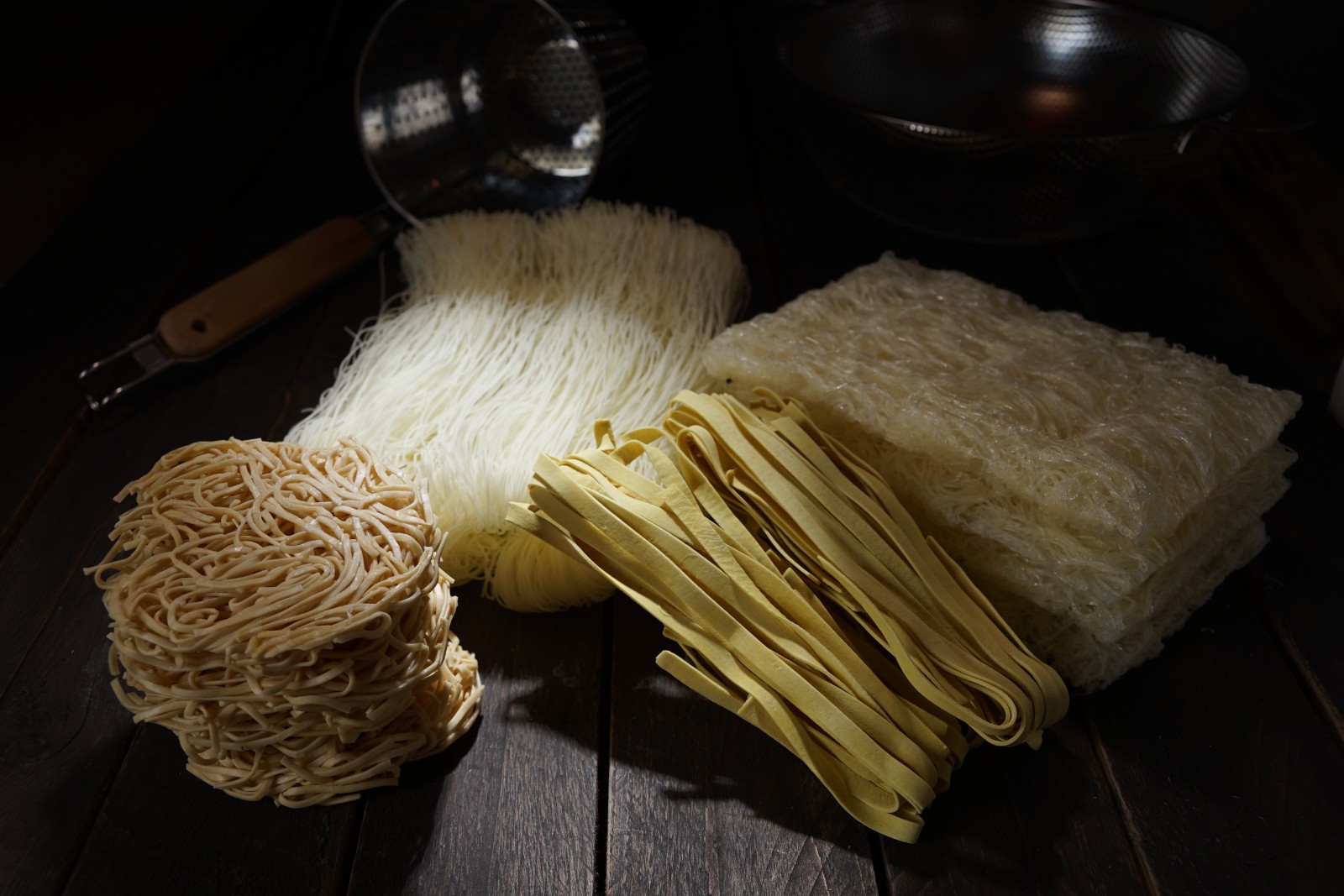How to Make your Brand Stand Out
Being a newbie in any industry is tough, most especially in the cutthroat world of food and bever-ag...

August 10, 2021
Versatile, hearty, and of course, delicious, pancit is a rich part of Filipino food culture. Consisting of stir-fried or braised noodles adorned with readily available meat and vegetables of the region, it is not only a birthday party and fiesta staple, but also sustenance for more somber affairs such as wakes. Suffice to say, what was once a Chinese acculturated dish is now as Filipino as mangga at bagoong (green mangoes dipped in fermented shrimp paste).
In a webinar hosted by Ige Ramos, “The Philippines on a Plate: Untangling Pancit,” Bahay Tsinoy’s Carmelea See narrates the humble beginnings of the dish in the country as a quick meal for tobacco workers during the Spanish occupation. Business-savvy Chinese traders set up stalls outside the factories selling hearty plates of noodles with vegetable and meat trimmings. Its name is derived from the Hokkien “pian i sit,” meaning “easy to cook” or “convenient food.” Since then, pancit has become a staple in all corners of the country. See observes, “almost every barangay and every town claim that their pancit is the best! Really, I want to believe them.”
Despite the overwhelming variety, all kinds of pancit can be broken down into three different components: the broth; the toppings or sahog; and the noodles. The latter has hundreds of variations that even food historians cannot enumerate the different dried noodles available in the market now. See, however, categorizes them under three different variants: bihon (thin rice noodles), sotanghon (clear mung bean noodles), and miki (egg noodles).
Businessman and self-proclaimed pancit nerd Marvin Gaerlan (@pancitlove in Instagram) tries to break it down further and divides local dried noodles based on two factors: main ingredient and thickness.
The main ingredient of the dry noodles ranges from any of these: wheat, rice, monggo (mung bean), cornstarch, cassava starch, and potato starch. It is further categorized based on the inclusion of eggs, vegetables, lye, and other additives.
The thickness of the noodles varies according to cooking methods and intensity of the flavors. According to Gaerlan, thin noodles like bihon and sotanghon are used in lighter, more delicate dishes such as bihon guisado.
Medium noodles (flat or round), like those used in Lucban, Quezon’s habhab, Camarines Sur’s pancit bato, or pancit cabagan from Isabela, are utilized in heavier, more flavorful pancit dishes. Their moderate thickness allows the noodles to retain their chewiness. The thickest noodles are made for braising. They can withstand bold, soupy sauces like those of the Batangas lomi and Quezon chami.
Pancit speaks of a food culture that is adaptive and constantly evolving, yet so proud of its rich heritage. As domestic travel becomes more popular, more people like Gaerlan are learning to appreciate the diversity of our pancit dishes and how unique they are to each locale. Hopefully, this growing demand will encourage noodle artisans and distributors to make these various dried noodles more readily available all over the country, and soon, the world.
Check out these food fusions between Filipino and Middle Eastern cuisines
The unending quest for healthy and sustainable food amid changing lifestyles
A quick look at the Philippine food staple often getting a bad health rap